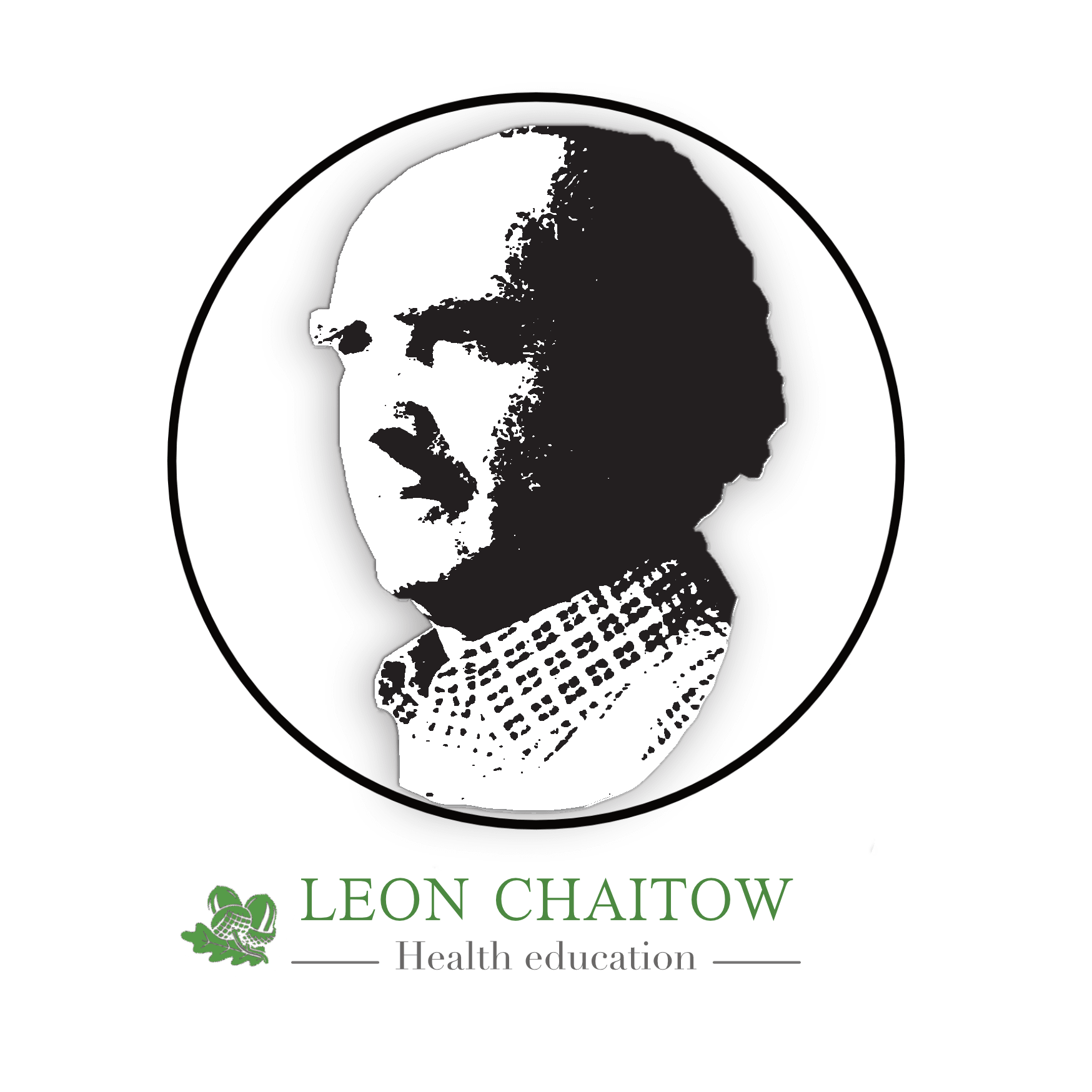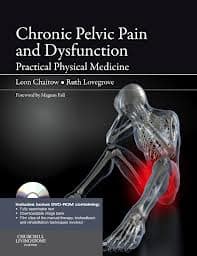The summary below is taken from chapter one of my coauthored book (with Dr Ruth Lovegrove): Chronic Pelvic Pain & Dysfunction.
This information highlights the complexity of CPP – and the multiple background possibilities that feed into both its onset, and its maintenance.
The subtitle of the book – Practical Physical Medicine – should not be taken to suggest that physical/manual approaches are the only answer to the symptoms that are experienced, ranging from pain to a range of urinary and gastric problems…..however, physical approaches (including exercise, reeducation posture, breathing) and manual treatment can and do offer benefit for many of host of people affected by this under-recognised and misunderstood range of conditions.
Some of these issues are dealt with in articles on my website, including:
- https://leonchaitow.com/2013/05/02/self-help-chronic-pelvic-pain-pelvic-floor-problems-low-back-pain-sacro-iliac-dysfunction/
- https://leonchaitow.com/2013/04/14/research-sport-pelvic-pain-and-associated-symptoms/
- https://leonchaitow.com/2012/12/12/update-pelvic-floor-paradox-original-post-early-2008/
- https://leonchaitow.com/2012/12/02/what-is-thiele-massage/
- https://leonchaitow.com/2012/01/23/breathing-pattern-disorders-and-lumbopelvic-pain-and-dysfunction-an-update/
……and here is the summary I mentioned at the start…..NOTE: CITATIONS HAVE NOT BEEN INCLUDED HERE…IF YOU WANT ANY PARTICULAR ONE, WRITE TO ME: leonchaitow1@gmail.com
Aetiological aspects of CPP
- Abuse (see also Trauma below) studies designed to evaluate factors predisposing to CPP and recurrent pelvic pain have demonstrated that several psychological factors, including sexual abuse and alcohol and drug abuse, are strongly associated with CPP and with dysmenorrhea and dyspareunia (Raphael et al 2001, Latthe et al 2006)
- Adhesions Found in 25% of women with CPP, but a direct causal link with associated pain has not been established (Stones & Mounfield 2000).
- Autoimmune conditions (Tomaskovic et al 2009, Twiss et al 2009)
- Circulatory In one study presence of pelvic varicose veins was noted in 30 of 100 women with CPP of undetermined origin (Gargiulo 2003)
- Gender Females predominate – with studies rshowing prevalence ranging from 10 per 100 000 to 60 per 100 000. (Bade &Rijcken1995, Curhan & Speizer 1999), with significantly higher rates in young women. (Parsons and Tatsis)
- Infection – previous or concealed – for example involving the periurethral glands or ducts (see note before Box 1.1) ( Parsons & Zupkas 2001)
- Inflammation (though not always) (Bedaiwy et al 2006, Twiss et al 2007)
- Hormonal – Dysmenorrhoea and endometriosis may benefit from hormonal therapy (Howard 2000)
- Neurological A recent study suggested that “denervation that is caused by injuries to uterine neuromuscular bundles and myofascial supports is succeeded by re-innervation that may provide an explanation for some forms of chronic pain that is associated with endometriosis” (Atwal et al 2005). Pontari & Ruggieri (2008) note that “Pelvic pain also correlates with the neurotrophin nerve growth factor implicated in neurogenic inflammation and central sensitization”.
- Biomechanical Levator ani spasm, piriformis syndrome, and other musculoskeletal conditions have been associated with CPP in many instances. (Tu 2006) as have trigger points (Carter 2000, Fitzgerald et al 2009)
- Psychiatric The rate of major depression among patients with CPP has been found to be in the order of 30% to 45%. (Gomel 2006, Latthe et al 2006). In a different study depression was present in 86% of women with both endometriosis and CPP, and only in 38% of the women with endometriosis and no CPP (Lorencatto et al 2006)
- Trauma (see also Abuse, above) : 40% to 50% of women with chronic pelvic pain have a history of physical or sexual abuse, which could explain psychologic or neurologic components of pain, research also suggests that trauma may heighten physical sensitivity to pain. (Howard et al 2004)

